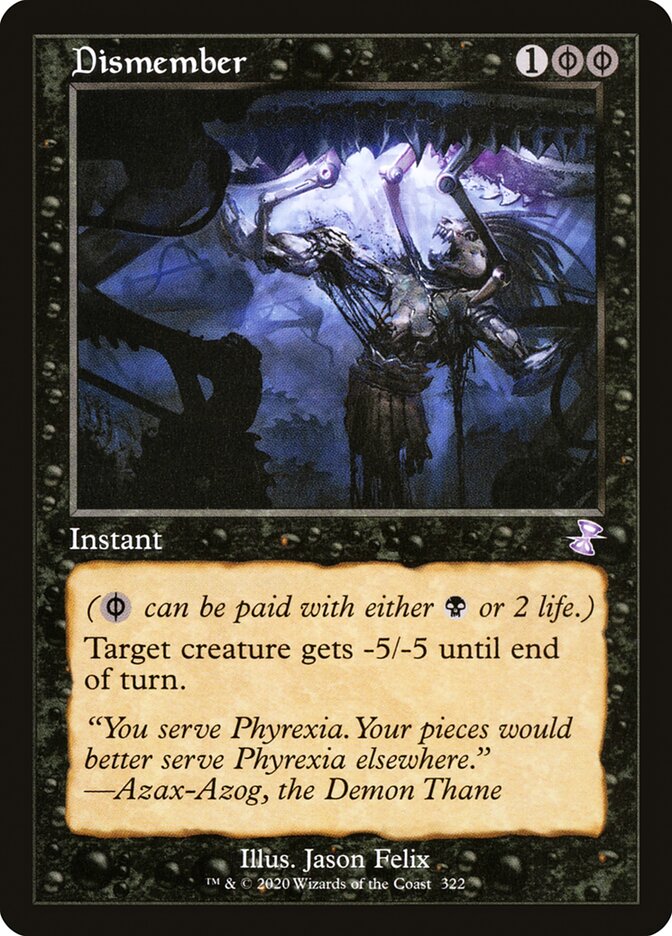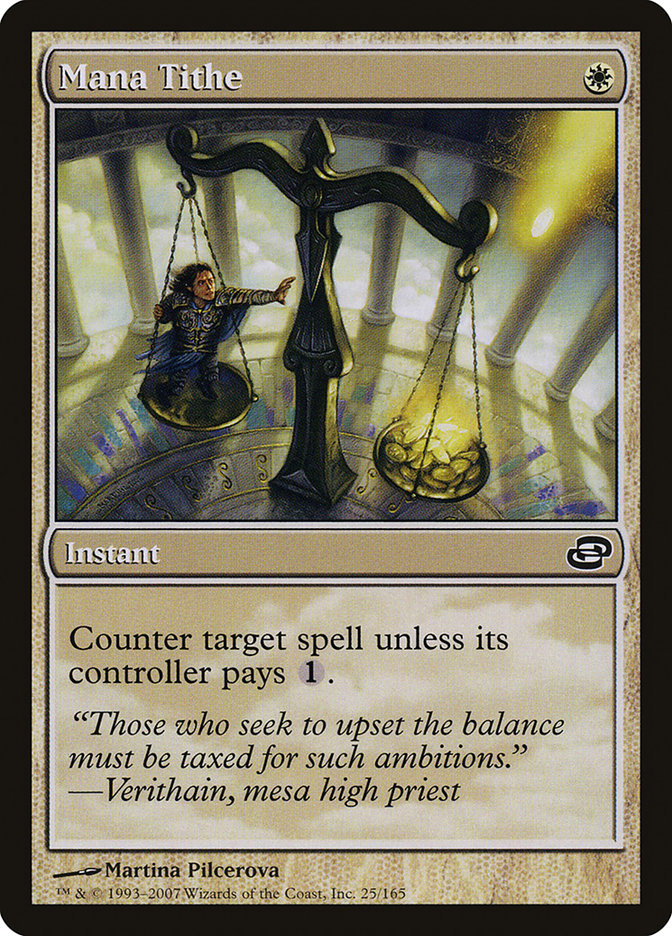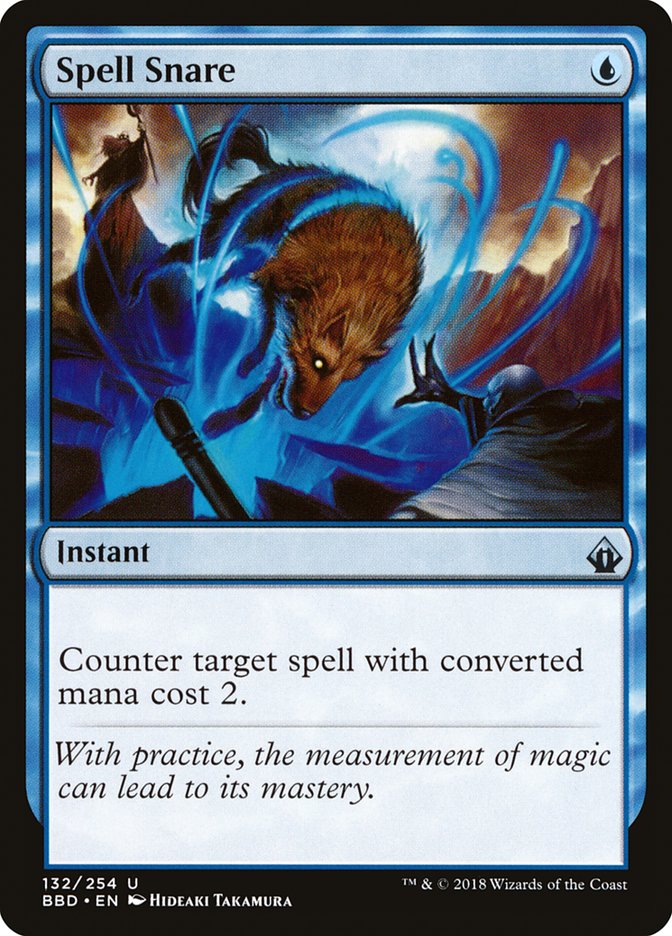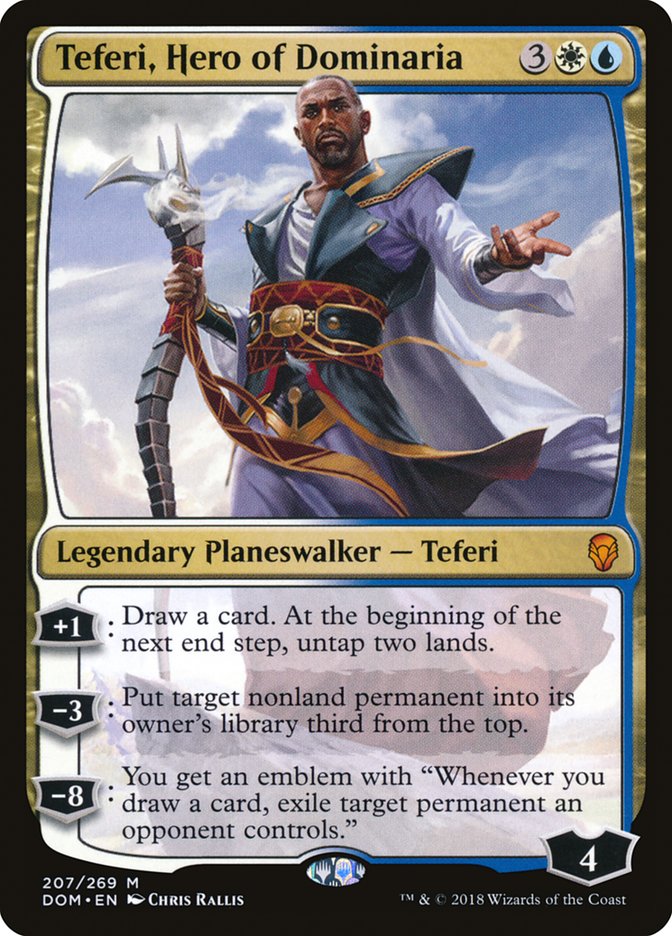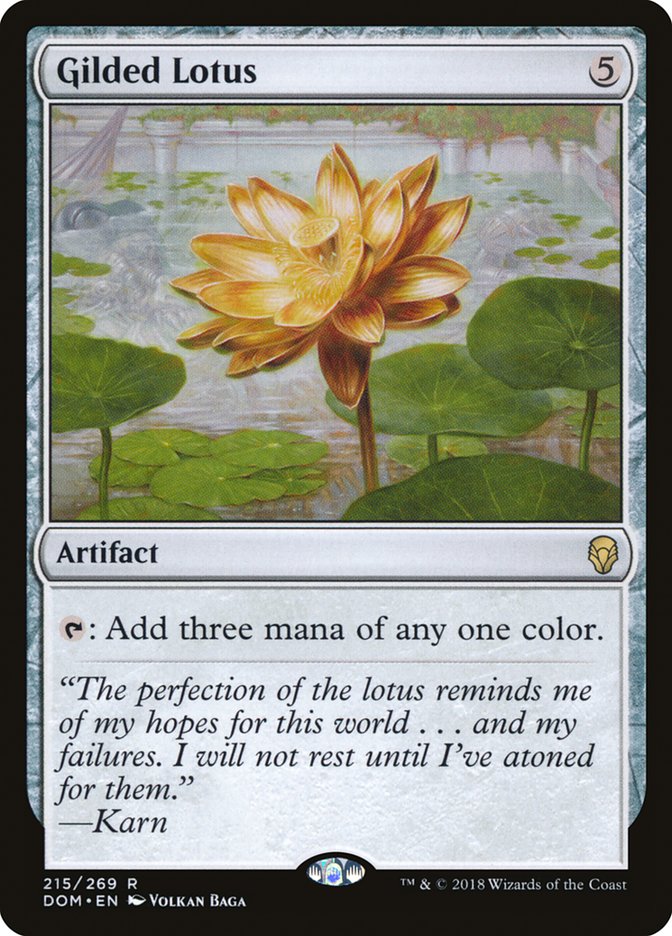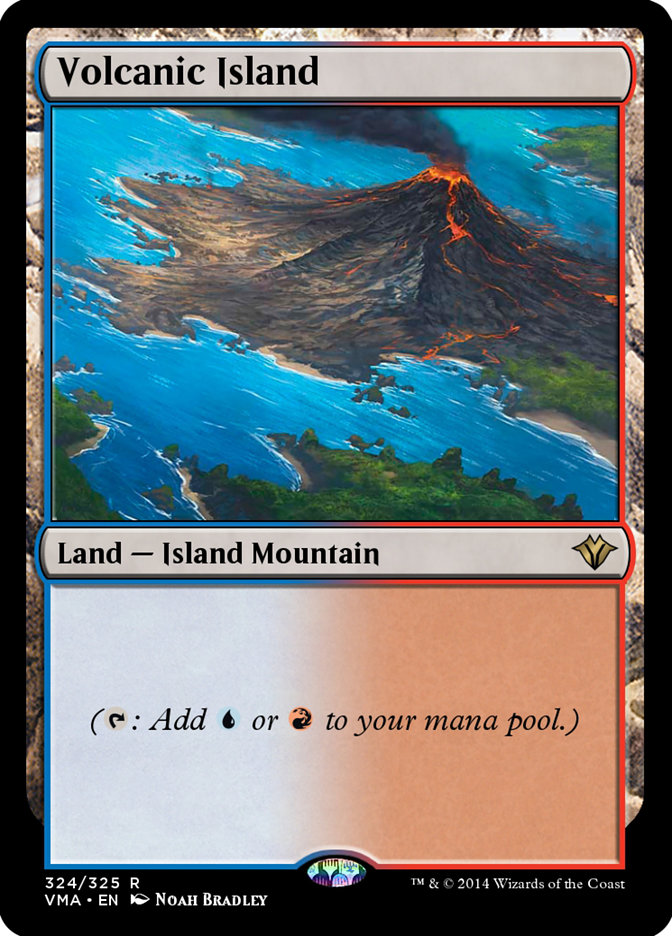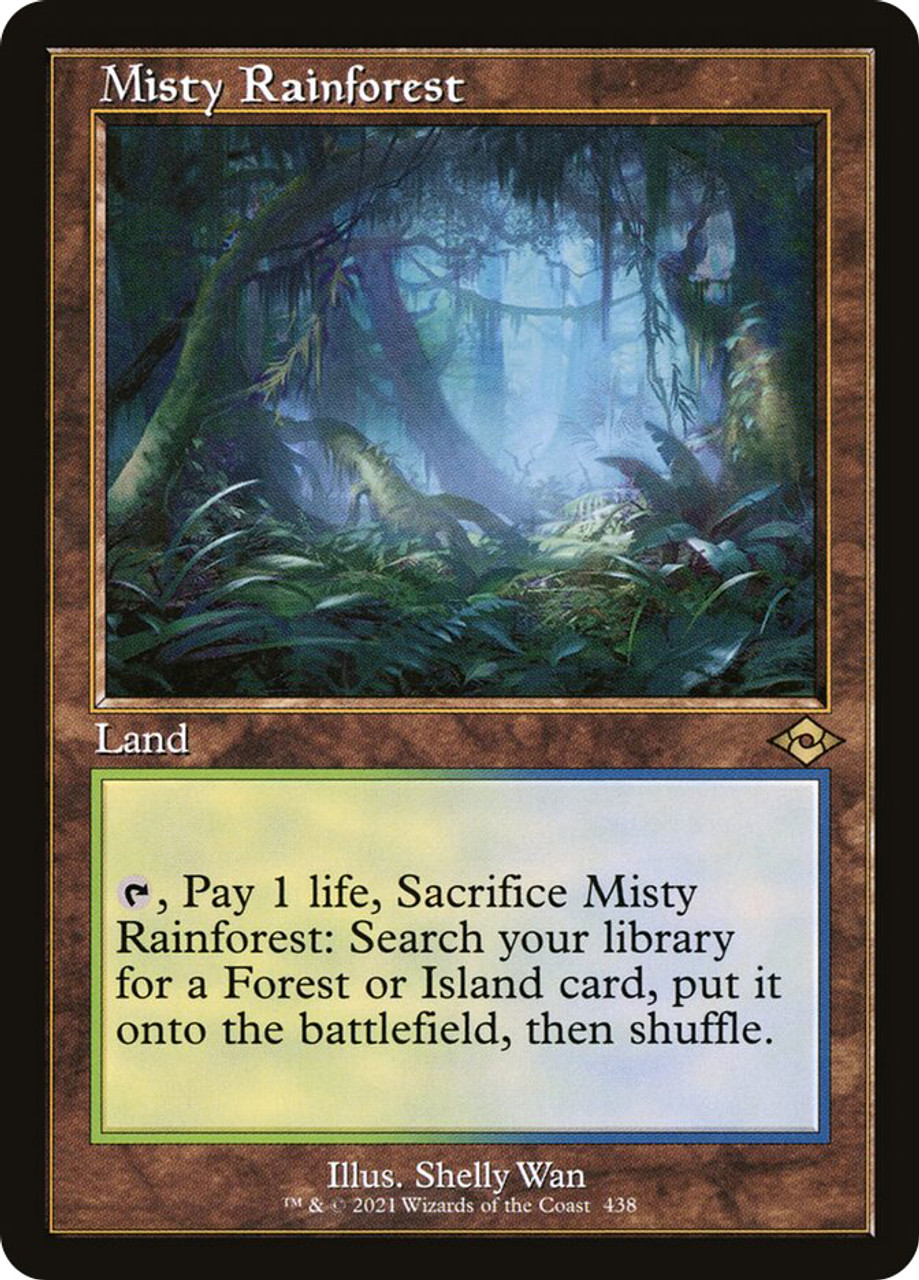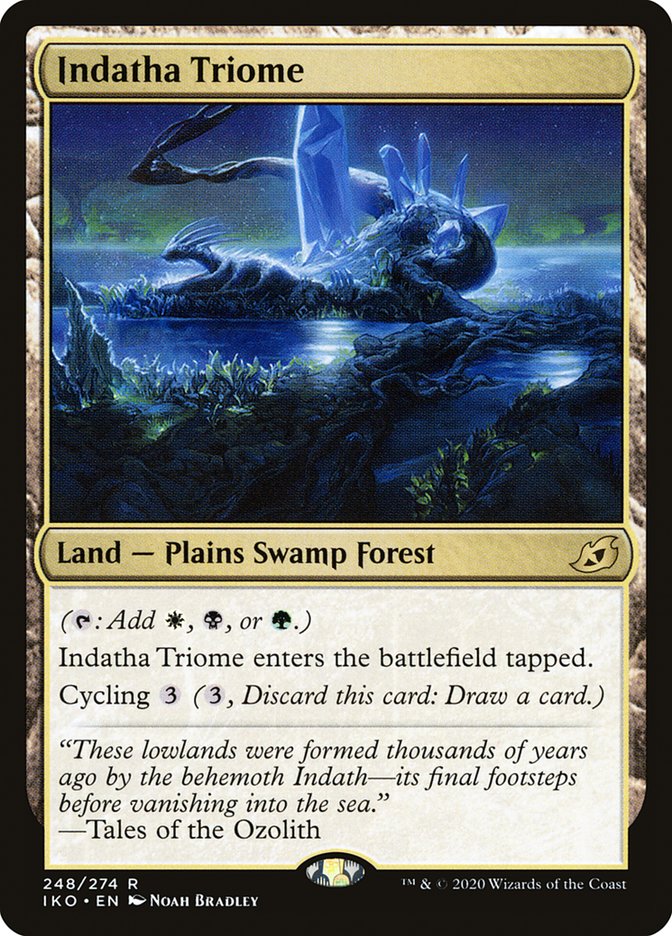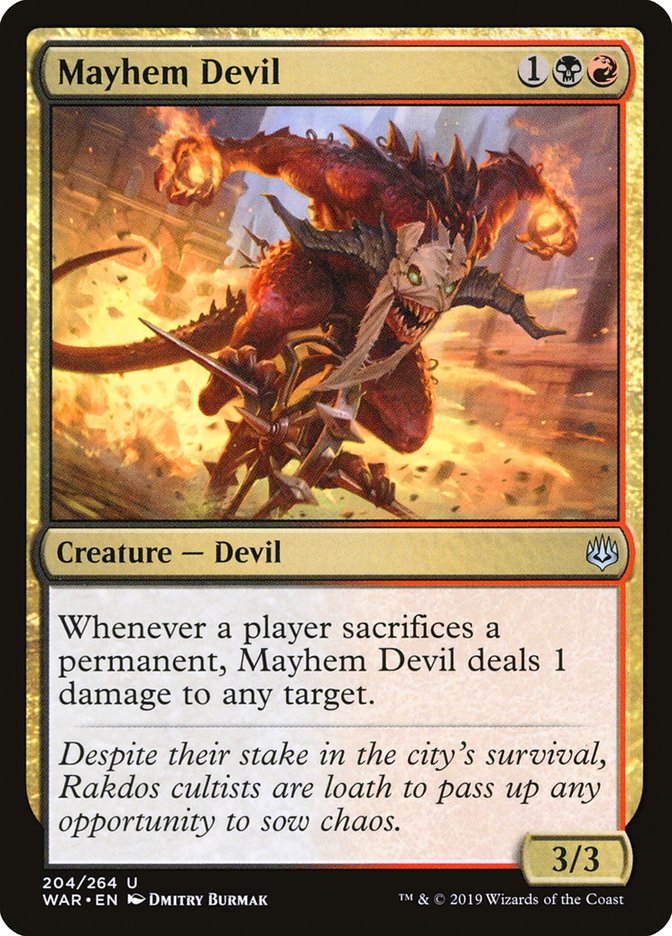Okay so you have decided to come out to a cube night. You're looking to "draft" a cube with either people you know or people you don't know. You're excited to play some Magic. As a newer player you've been hearing about this exciting format: Cube.
Maybe you're familiar with playing commander and you want to jump into the world of limited. The promise of drafting powerful spells, hanging out with friends and not having to pay money for cards seems fun. Getting to play and experience a wide range of decks and gameplay is something that is pretty enticing for you. Well, welcome #1. #2, glad you've found what many have believe to be the best way to play and experience this game we all love. I think that you're going to have a lot of fun. However, Cube can be one of the more difficult formats to play well. Especially for a new player.
Let's jump into why that is.
Cubes are often built by experienced magic players that have cards, archetypes, formats and decks that they have a lot more experience with. They understand why those cards are good and have specifically entered them into this draft environment so that others can enjoy them just like they did. If you are a brand new player, this can be daunting. A lot of times these are going to be the first time you see some of these cards and that is just very overwhelming.
Well, you are in luck because seeing and playing with new cards is going to be something you will have to do regardless of what format of magic you're playing. You're going to run into new cards/decks for the first couple of years and you're not going to understand how they work. It's going to take some time to get familiar with the gameplay patterns, what's good what's not good and how to build a proper deck. However, that's no different than if you were playing a game of Commander, standard, modern or Legacy. There's a learning curve to playing Magic.
Here's the cool part about Cube: each Cube is it's own self-contained format. You're not going to run into any cards that are not in the cube. Whether it's a 360 card cube or a 500 card cube or even a micro cube that is only 90-180 cards, you are ONLY going to have to worry about that number of cards when you're playing. If you contrast that to a wider constructed format like Commander, Legacy or even Standard, you have thousands of cards that are legal to play and hundreds of different decks that deploy a wide range of strategies. So, good luck sitting down to play a match vs a random opponent at an LGS and knowing what the cards do that they are going to play.
I would highly suggest for any new player to sit down and look over the list of cards and the artwork for each. Hopefully, the cube designer has put the correct artwork onto their Cube Cobra page. You can sit down before you you go draft and look it over. Pay attention to the Mana cost of those cards, what the cards do and take note of certain things in the process.
Each Cube has things that you want to take a look at it right away:
1. Look for power outliers within the cube.
Okay so let's talk about power outliers for a cube. If you are an experienced magic player then a lot of the times you'll look at a card and it just kind of jumps off the page as something that's not like the rest of the cards. We can take creatures for example; if you look at most the creatures and the one Mana creatures are 1/1, the two mana creatures are 2/1 or 1/2, the three mana creatures are 2/3 or 3/2, and the four mana creatures are 3/3 then you can kind of get a baseline of how big the creatures are in the environment. Then all of a sudden you keep going and let's say green has a two mana 3/3 you say, "Wow, that's a lot of power and toughness for only two mana!" That's a power outlier.
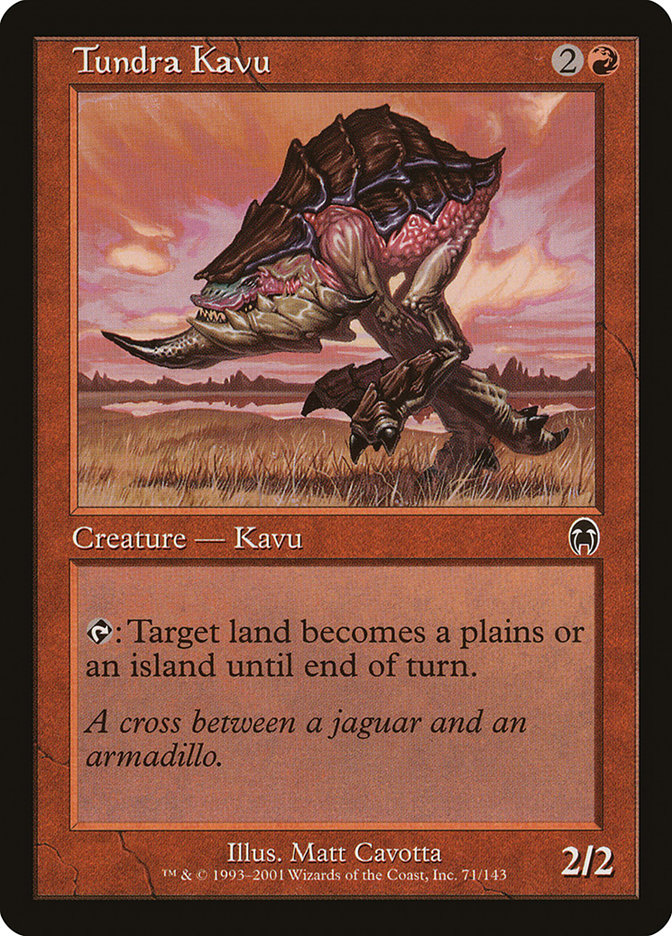


This is obviously a very basic explanation. There's something called a vanilla test. The Vanilla Test is a great way to learn more about how creature sizing is evaluated and help you scrutinize a card you're just now seeing for the first time. It's a way to basically evaluate a creature without any of its text and abilities just understand if it's worth the cost.
The same can be said for different spells as well: In blue playing Counter spells is very common. Most counter spells are two to three Mana, sometimes more. but there are also some counter spells that are one Mana and have some downside that correlate with it being a little bit cheaper. Then there's cards like force of will. Force of will is a power outlier because it can be cast for free! Yes, you have to remove a card from your hand, but that allows you to tap out completely and still interact with an opponent. It's one of the more broken cards in Magic. Especially for playing a combo deck. So look at the list and the cards in each color for the mana values and paid special attention to cards that just kind of jump off the page screaming, "I'm not like everybody else!" these are your power outliers.
There's also other things that could be considered power outliers. Cards that have very unique effects in a cube or any limited environment. Planeswalkers are often power outliers in a cube because they're difficult to interact with and they also have a game warping effect. Planeswalkers abilities that you can activate every single turn are typically worth a card in and of themselves.

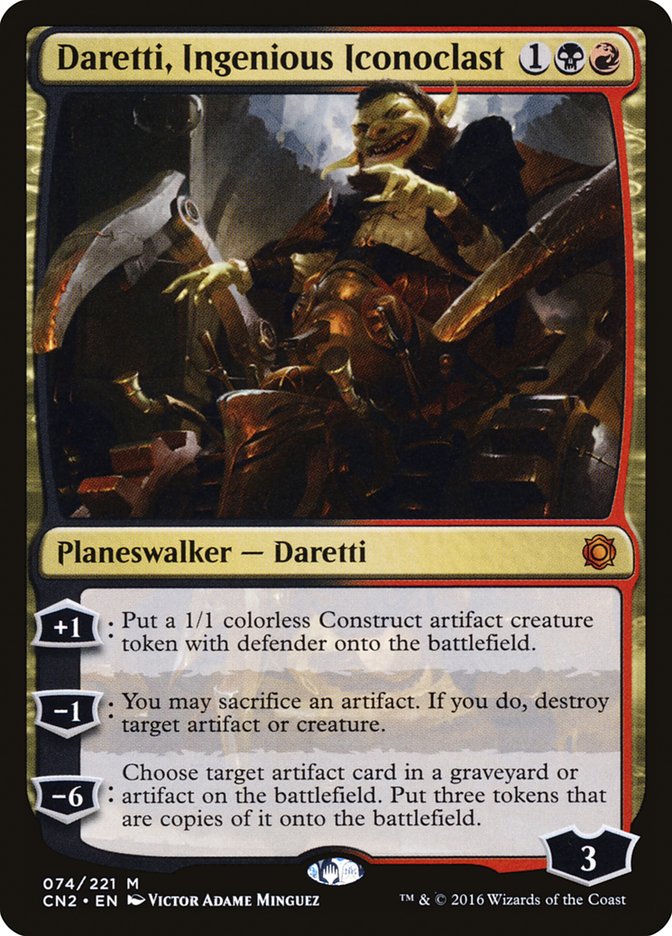
There's also boardwipe effects. Wrath of God and similar cards are just so good in the right matchup that it ends up being game warping. You can completely crush a creature based deck and limit their ability to win game. It's punishing them for overextending. Wiping out their entire board with one card could be a three for one or two for one a five for one sometimes. It can also win you the game especially if you have something like a planeswalker around the battlefield. So, keep an eye on each one. What colors have wrath effects, how much do they cost and can my deck take advantage?
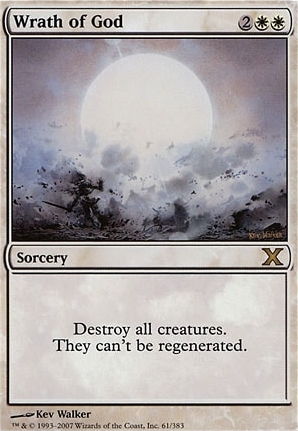
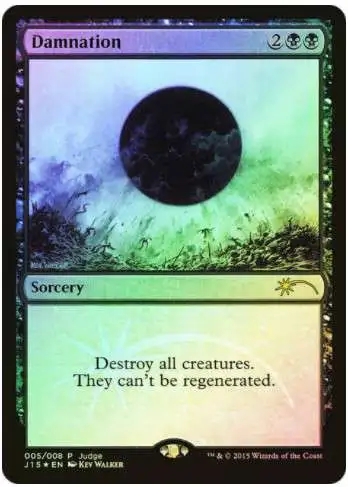
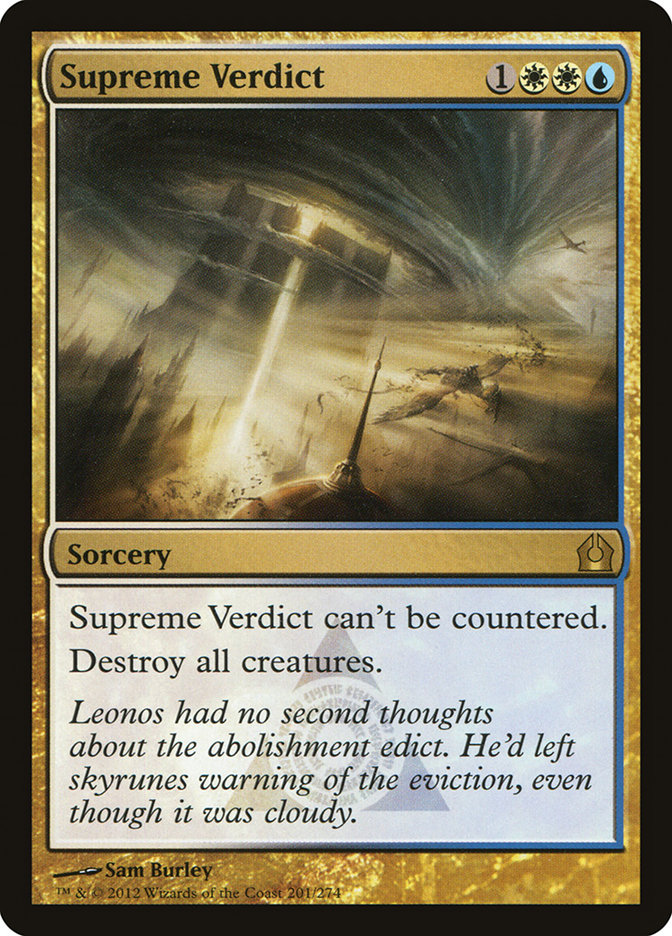
2. Can you live the dream?
A lot of us get caught up with "living the dream" when looking at cards. We look at the best case scenario and neglect to imagine what happens when our gameplan goes off course or our opponent answers what we need to make our sweet bonuses happen. So when you're looking at a cube it's important to contextualize what is supported in the environment. So let's say that there is a theme that you feel is going to be a fun deck to play and you want to play it. I would look at the other cards in the cube and see if it is actually supported enough to draft a deck around it? Is it just something that's in there because they like the artwork? Do they like the flavor of the card? They may just think it's cool and it may not be something you want to jump into or really build around. Pay attention to that, by looking at the list.



3. Fixing
The next thing I look at is mana fixing. Take a look at the land section, the artifact section and the creature section. You should be able to see that there's a number a number of ways to cast spells with different mana colors and costs. Is there a lot of artifacts that allow you to tap for extra Mana so you can go from two Mana to four Mana to six mana pretty easily?
Are there fetch lands? These are lands that come in and can be sacrificed with one life to search up a land that has a type like Forest or Island. These are very powerful because it basically allows you to have 2 copies of any of your dual or tri lands. If you would like to learn more about how to build a limited Mana base which I would highly suggest finding an article that explains how to build a limited mana base. Here is one that is worth a read: Mastering Limited Manabases
If you're going to play limited, if you're going to do build a deck, or basically play magic at all, you're going to want to have access to the mana to cast your creatures and spells. Duh. It's good to take a look and try to consider this first and foremost. Including; when you are drafting, building your deck or even designing your own cube. If there is an abundant amount of fixing, that's something that will impact decks. When you're sitting down at a table get passed a bomb pick 4 or 5 that's not in your colors you may or may not be able to take it and splash(splashing describes adding an extra off color card or two in your 2 or 3 color limited deck) for it. If there is multiple copies of each fetch land, triomes, duals etc, color restrictions are not necessarily going to prevent you from building the more powerful deck. You can expect this from your opponents as well.
There is typically a player at each draft pod that likes to go into multicolor strategies. They just take every bomb that's passed to them and prioritize fixing so that they can cast those bombs. That is definitely a viable strategy if the fixing is good enough. This is also something most cube designers try and avoid. After curating a few hundred cards and placing in interesting synergies and decks, a player that just has a good stuff pile and wins kind of poops on the effort. Some go as far as to limit the availability of fixing in the cube just to prevent people from doing this.
4. Mass Removal
I know I already mentioned this in the power outliers, but it bears repeating. Mass removal is something you have to be wary of. It's one of the worst feelings in the world to have a really great start: you play to the board, you have a lot of creatures in play, your opponents almost dead and then they cast a wrath effect. It's pretty backbreaking. So be aware of cards that are like that in a cube, really swingy cards. Being able to keep that in mind when you play allows you to play around them when you sense your opponent is not committing to the board, and is playing in the colors where these cards exist.
I have more to come on this topic and others, but alas rewriting this on my own site has caused me to run out of time. I'll see you in part 2!
